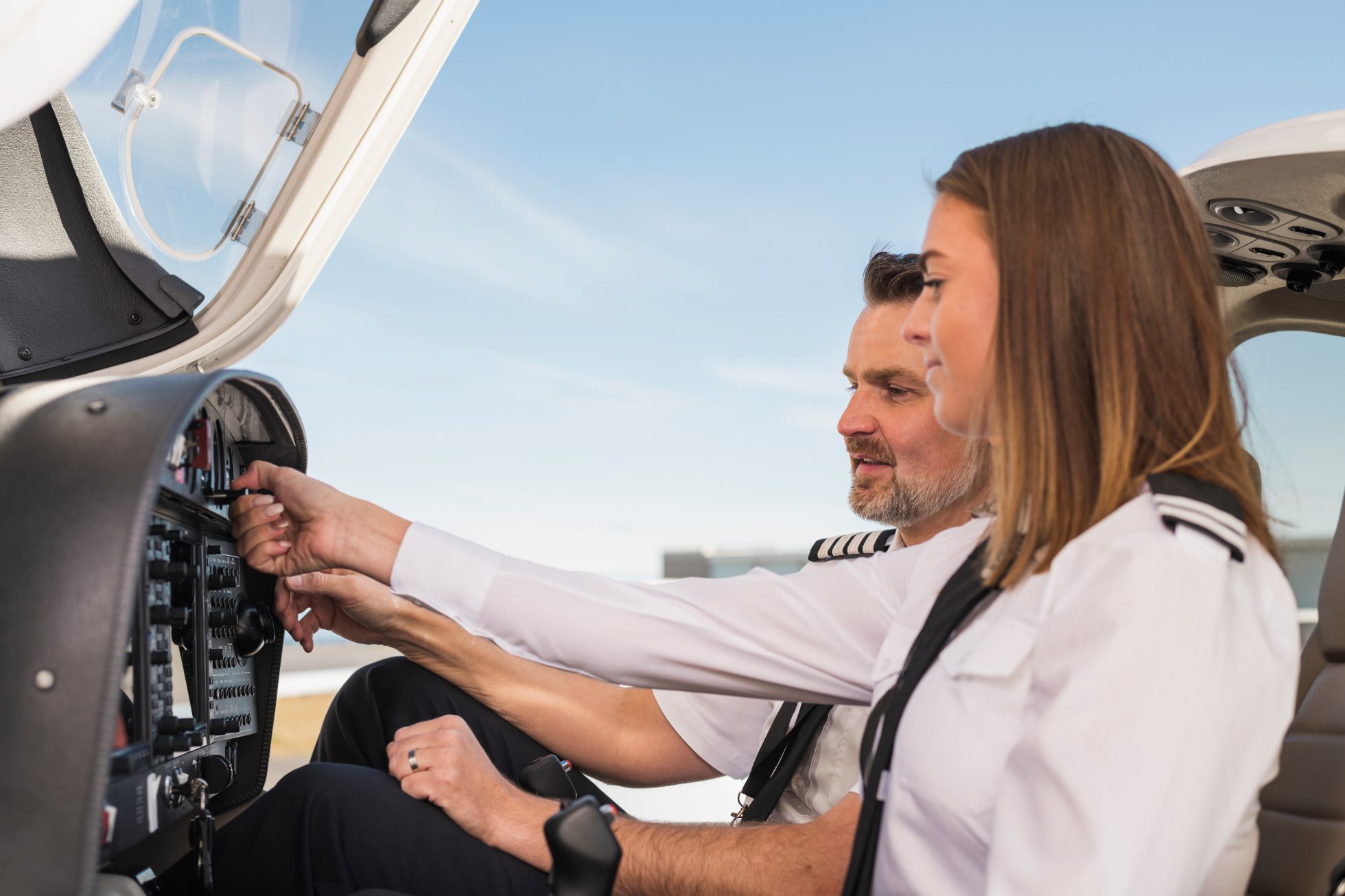Private pilot license: a behind-the-scenes look at flying an aircraft
🕗 5 minutes | June 26, 2024 | Text Mateusz Łapuć
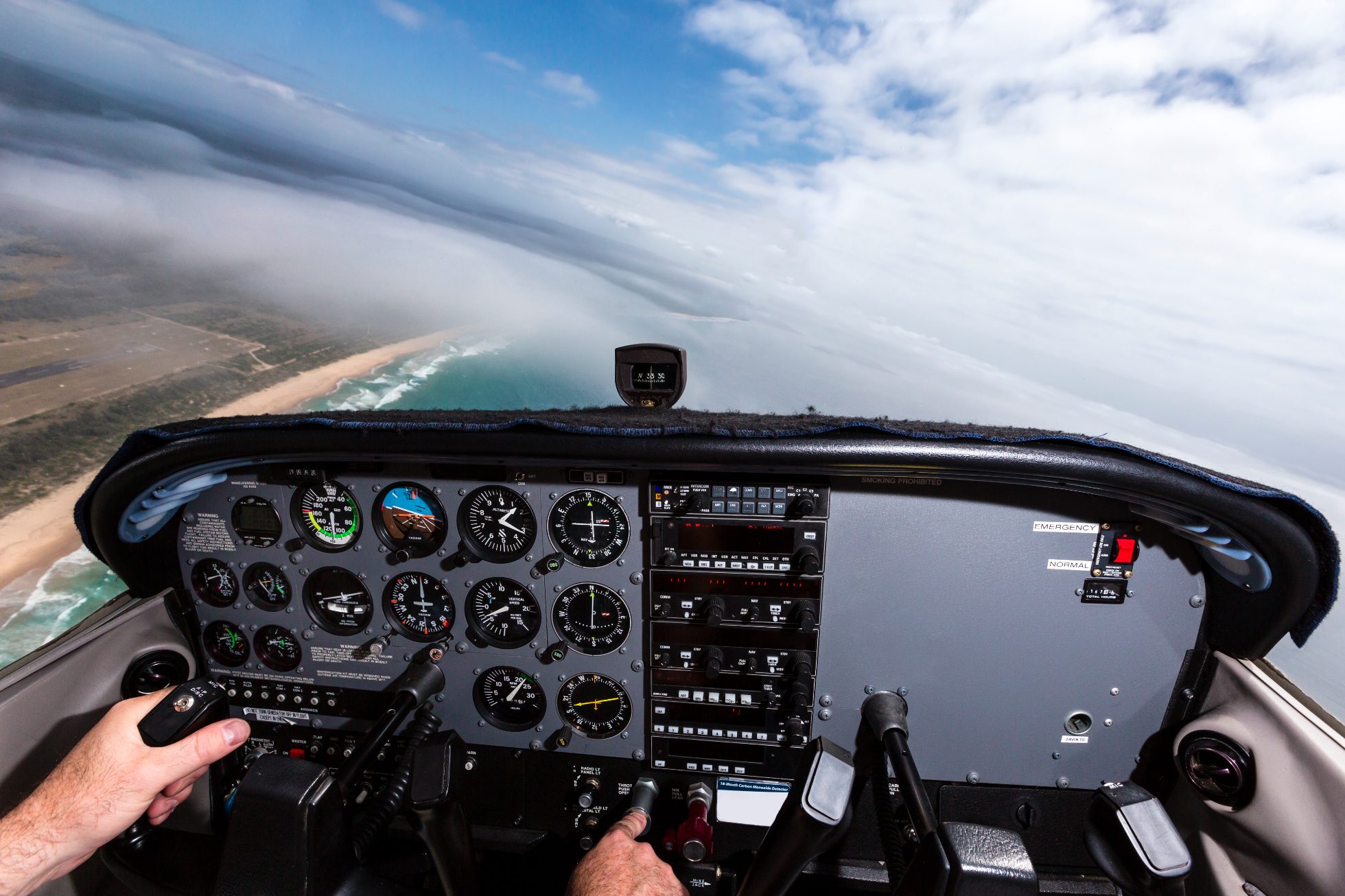
Flying an aircraft is an extraordinary experience that is difficult to compare to anything else. Every takeoff and ascent into the sky requires the right knowledge, practical skills, and an understanding of how an aircraft operates. Piloting a plane is no simple task, and obtaining a basic pilot’s licence demands many hours of learning and dedication. In this article, we’ll guide you through the fundamentals of aircraft control, what a pilot training course looks like, and the beauty of aviation.
✅ In this article, you’ll learn:
- What the basic flight control surfaces of an aircraft are.
- How to become a small aircraft pilot.
- How to obtain a private pilot licence.
- What pilot training and a basic flight course involve.
- What the greatest challenges of training are.
- How long a pilot course takes.
- Private Pilot Licence (PPL(A)) – Flight Training and Certification
- Aircraft Control – Basic Flight Surfaces
- Ailerons – How Does an Aircraft Bank?
- Rudder – Controlling the Aircraft’s Yaw
- Lift – Managing the Aircraft’s Pitch
- Basic Forces Acting on an Aircraft
- Initial Training for the PPL(A) – Theoretical Knowledge
- First Discovery Flight – Hands-on Aircraft Experience
- Practical Flight Training for the PPL(A) – Starting the Pilot Course
- Medical Requirements for Flight Training
- First Solo Flight – A Pivotal Moment for Every Aspiring Pilot
- Cross-Country Flights, Final Exam, and Earning a PPL(A)
- Recreational Pilot Licence LAPL(A) – Flying for Leisure
- Essential Qualities of a Good Pilot
- Private Pilot Licence (PPL(A)) – Flight Training and Certification
Private Pilot License (PPL(A)) – flight training and certification
If you aspire to become a private pilot, you must meet specific requirements, complete training, and obtain a PPL(A) licence. This certification allows you to fly aircraft independently for non-commercial purposes and serves as the first step toward acquiring advanced aviation qualifications.
During training, aspiring pilots gain theoretical knowledge and practical flight experience to safely conduct flight operations.
Aircraft control – basic flight surfaces
Holding a pilot’s licence requires understanding how an aircraft responds to control inputs and what influences its behaviour during flight.
The three fundamental flight control surfaces are:
- Ailerons – located on the wings, they control the aircraft’s roll.
- Rudder – part of the vertical stabilizer, it controls yaw (left/right movement).
- Lift – part of the horizontal stabilizer, it controls pitch (nose-up/nose-down movement).
These surfaces allow for manoeuvring in all three axes—longitudinal, lateral, and vertical.
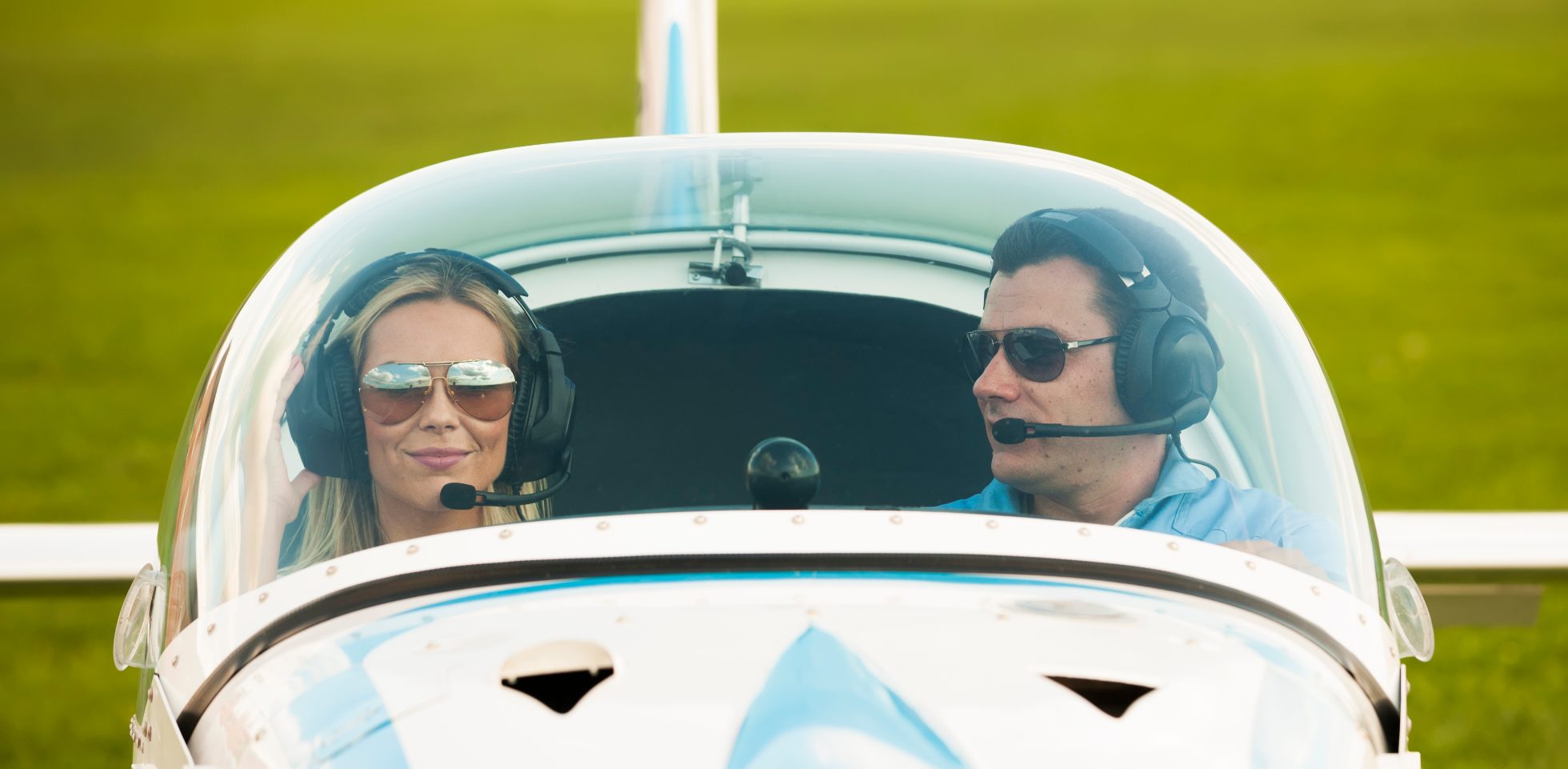
Ailerons – how does an aircraft bank?
Ailerons control the aircraft’s roll around its longitudinal axis. Found on the wings, they move in opposite directions—when one rises, the other lowers. This differential movement alters lift distribution, causing the aircraft to bank in the intended direction.
Rudder – controlling the aircraft’s yaw
The rudder, located on the vertical stabilizer, controls the aircraft’s yaw around its vertical axis. It helps maintain directional stability and assists in coordinated turns when used in combination with ailerons. Pilots control the rudder with foot pedals.
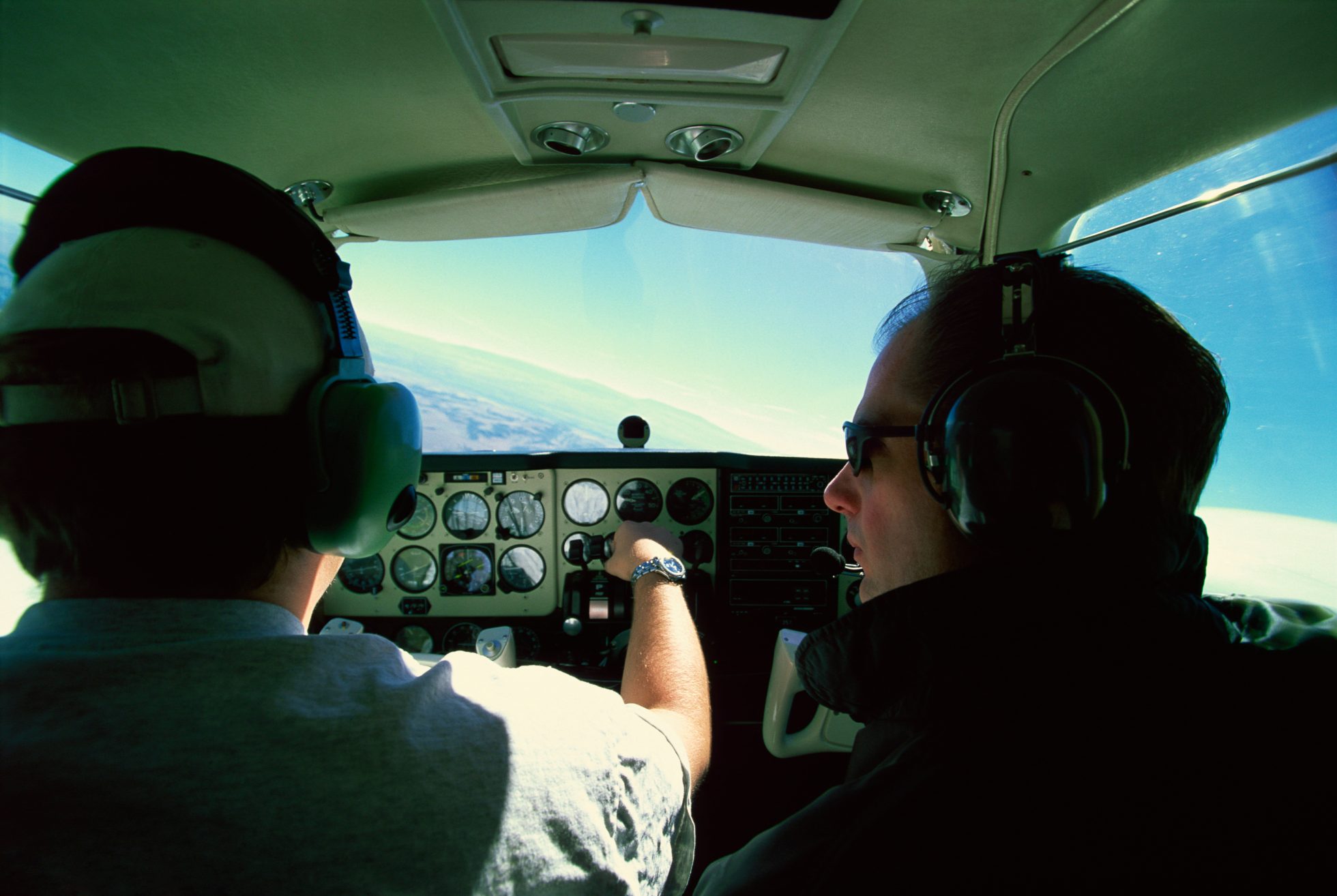
Lift – managing the aircraft’s pitch
The lift, found on the horizontal stabilizer, governs the aircraft’s pitch (nose-up or nose-down movement) along the lateral axis. Moving the control stick or yoke forward or backward deflects the lift, allowing the aircraft to climb or descend.
Basic forces acting on an aircraft
Four fundamental forces impact an aircraft in flight:
- Lift – generated by the wings, counteracting gravity.
- Weight (Gravity) – the downward force acting on the aircraft.
- Thrust – produced by the engines, propelling the aircraft forward.
- Drag – air resistance acting opposite to the aircraft’s motion.
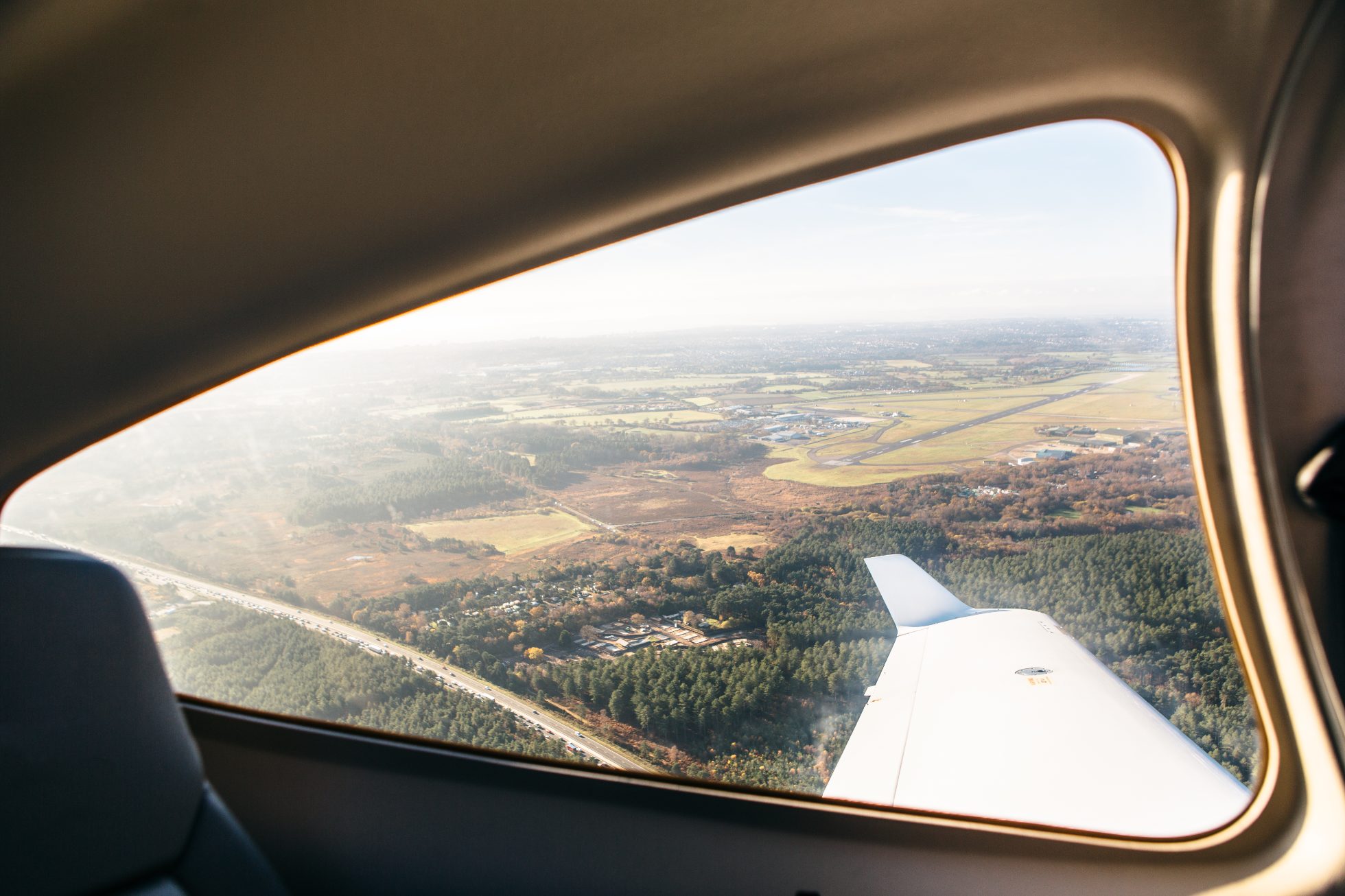
Initial training for the PPL(A) – theoretical knowledge
Before hands-on flight training, student pilots must complete 110 hours of theoretical instruction covering subjects like:
- Meteorology
- Aviation Law
- Navigation
- Principles of Flight
- Operational Procedures
After completing this ground school, students must pass state exams at the Civil Aviation Authority before moving on to practical training.
First discovery flight – hands-on aircraft experience
After completing theoretical training, students begin practical flight training, which includes:
- 45 total hours of flight training.
- 40 hours in the aircraft.
- 5 hours on a flight simulator.
The first flight, called a discovery flight, introduces the student to aircraft handling and in-flight procedures under an instructor’s supervision.
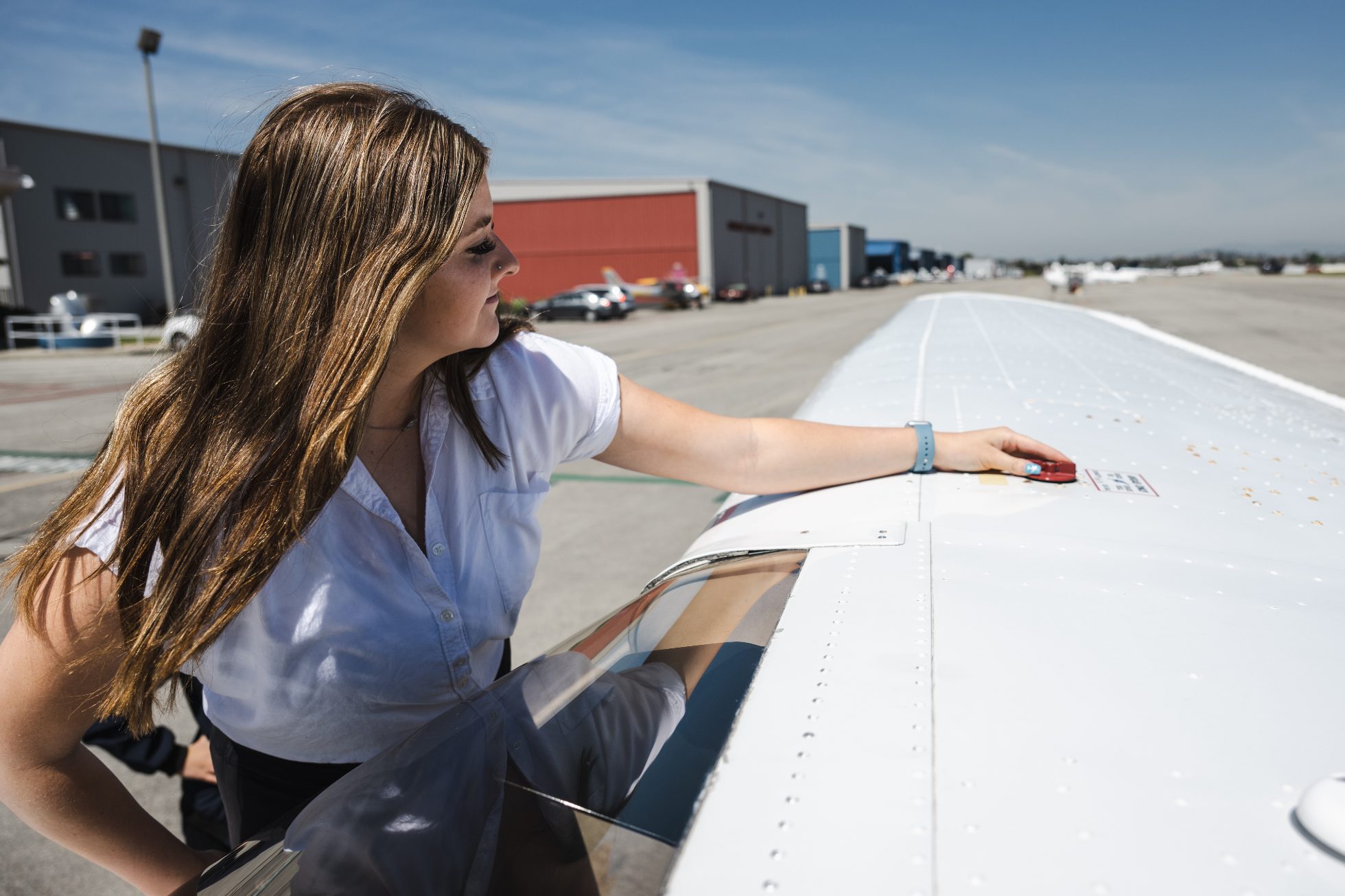
Practical flight training for the PPL(A) – starting the pilot course
During practical training, students learn essential flight manoeuvres, including:
- Takeoffs and landings
- Straight-and-level flight
- Climbs and descents
- Turns
- Emergency procedures
Medical requirements for flight training
All pilots must undergo periodic medical examinations to ensure they are physically and mentally fit to fly.
For PPL(A) candidates, a Class 2 Medical Certificate is required:
- Valid for 5 years (under age 40).
- Valid for 2 years (ages 40-49).
- Valid for 1 year (ages 50+).
For commercial pilot training (CPL(A) or ATPL(A)), a Class 1 Medical Certificate is necessary.
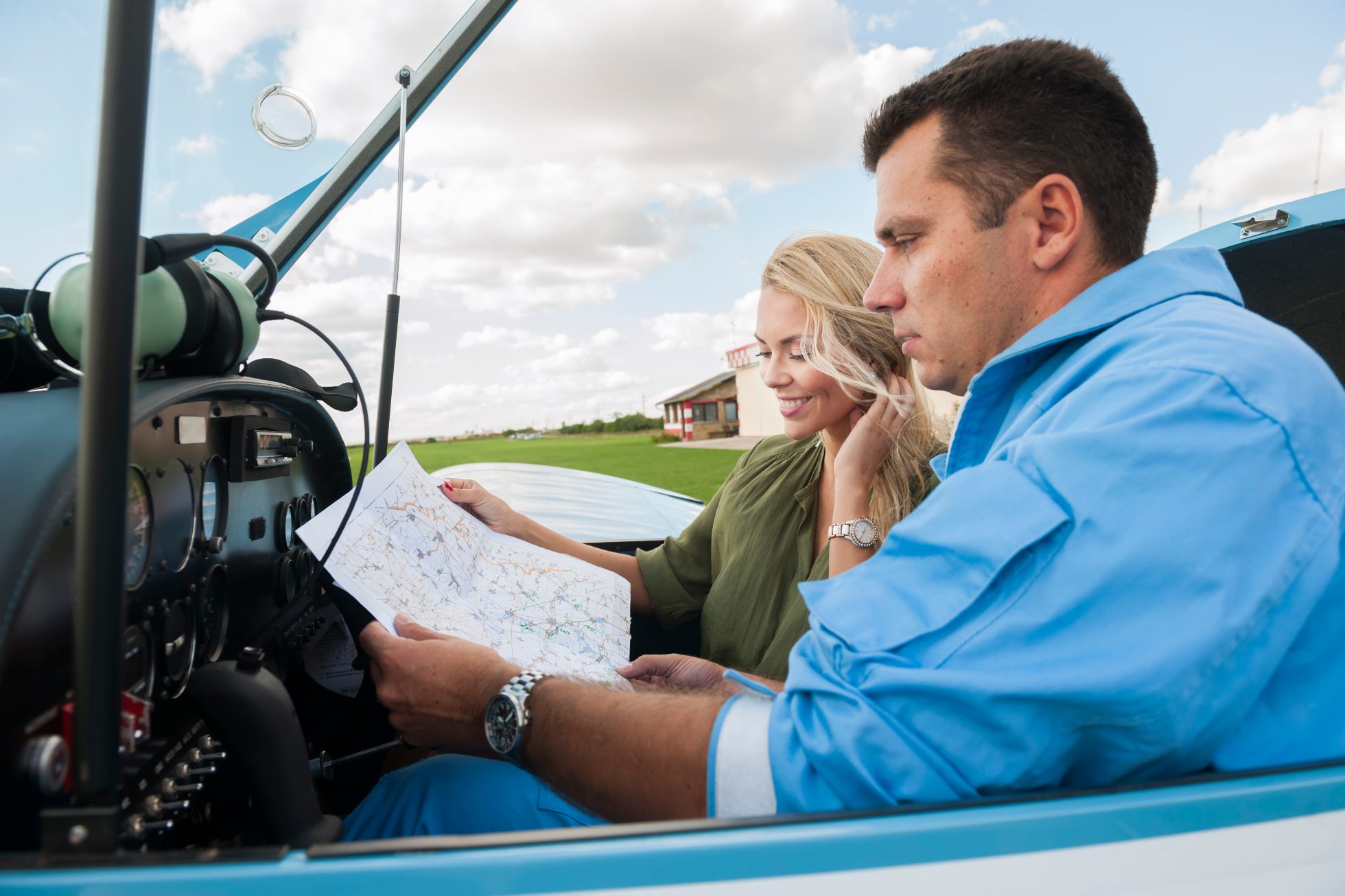
First solo flight – a pivotal moment for every aspiring pilot
The first solo flight is a significant milestone in a pilot’s journey. Before flying solo, students must:
- Complete a required portion of training.
- Hold a valid medical certificate.
- Receive instructor approval.
The solo flight typically lasts several minutes and follows a predefined airport traffic pattern.
Cross-country flights, final exam, and earning a PPL(A)
After solo flights, students advance to cross-country navigation flights, learning how to:
- Plan longer flights over unfamiliar terrain.
- Use aeronautical maps and on-board navigation systems.
- Communicate effectively with air traffic control.
The final step involves passing a practical flight exam with a certified examiner. Upon success, the student receives their PPL(A) license, allowing them to fly aircraft independently.
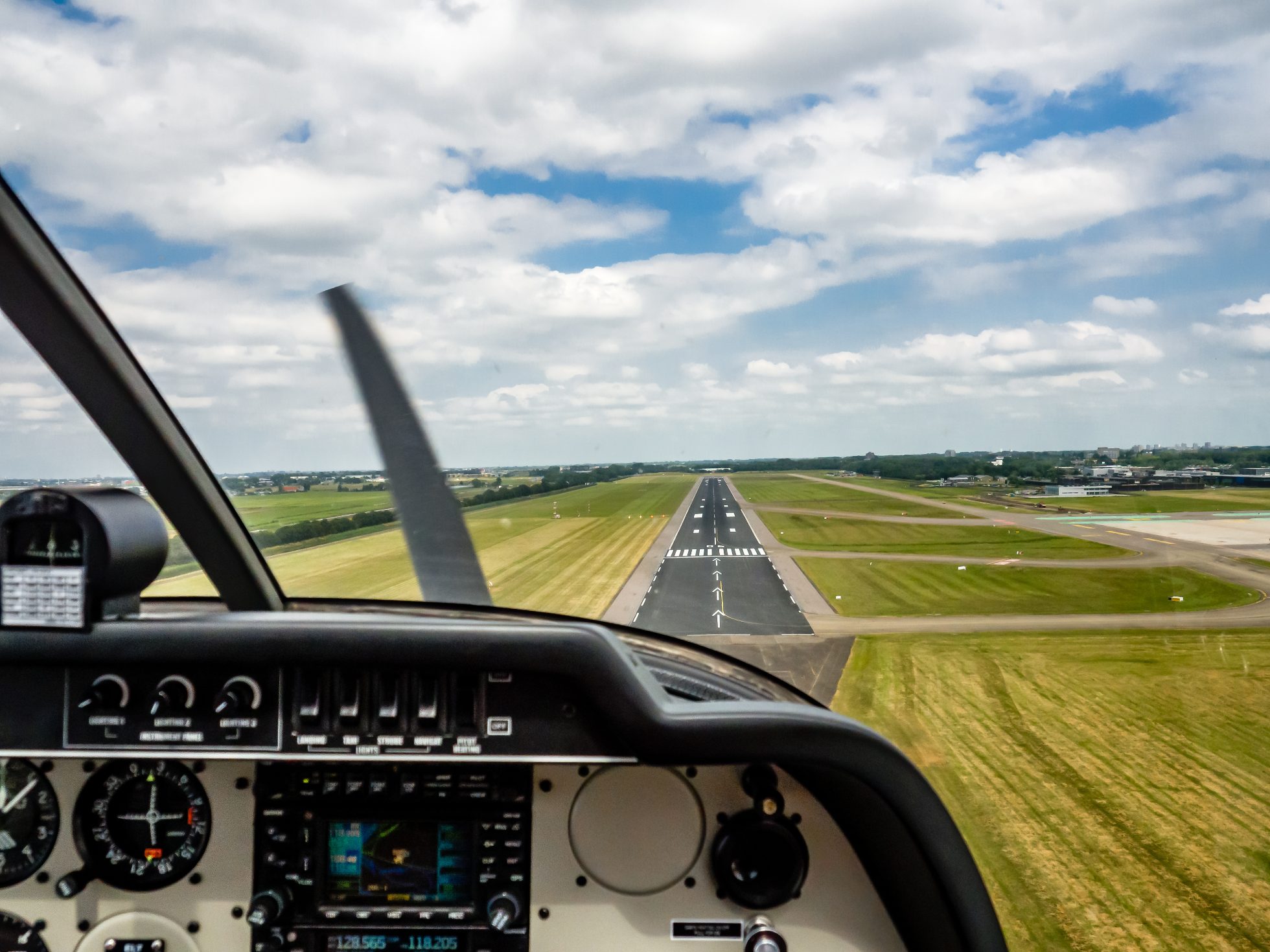
Recreational pilot license LAPL(A) – flying for leisure
For those interested in leisure flying, an LAPL(A) licence allows pilots to fly:
- Single-engine piston aircraft (SEP(L)).
- Aircraft with a maximum takeoff weight of 2,000 kg.
- With up to 4 people on board.
However, the LAPL(A) licence has restrictions, such as:
- Limited flight privileges outside the EU.
- No access to controlled airports.
For greater career opportunities, obtaining a PPL(A) licence is recommended.
Essential qualities of a good pilot
A skilled pilot should have:
- Strong knowledge of aviation theory.
- Good physical and mental health.
- Quick decision-making skills.
- Spatial awareness and multitasking abilities.
